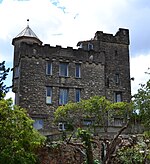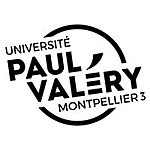École polytechnique universitaire de Montpellier
1969 establishments in FranceEducational institutions established in 1969Engineering universities and colleges in FranceGrandes écolesMontpellier
École polytechnique universitaire de Montpellier (Polytech Montpellier, formerly Institut des sciences de l'ingénieur de Montpellier) is a French engineering College created in 1969.The school trains engineers in eight majors : Computer Science and Management Materials Science and Engineering Electrical Engineering Water Science and Engineering Energetic - Renewables Energies Food Science and Engineering Mechanical Engineering and Interaction Energectics and Renewable EnergiesLocated in Montpellier since 2012, Polytech Montpellier is a public higher education institution. The school is a member of the University of Montpellier.
Excerpt from the Wikipedia article École polytechnique universitaire de Montpellier (License: CC BY-SA 3.0, Authors).École polytechnique universitaire de Montpellier
Place Eugène Bataillon, Montpellier Hôpitaux-Facultés
Geographical coordinates (GPS) Address Phone number Website Nearby Places Show on map
Geographical coordinates (GPS)
| Latitude | Longitude |
|---|---|
| N 43.63265 ° | E 3.86285 ° |
Address
Faculté des sciences de Montpellier (campus Triolet)
Place Eugène Bataillon
34095 Montpellier, Hôpitaux-Facultés
Occitania, France
Open on Google Maps





